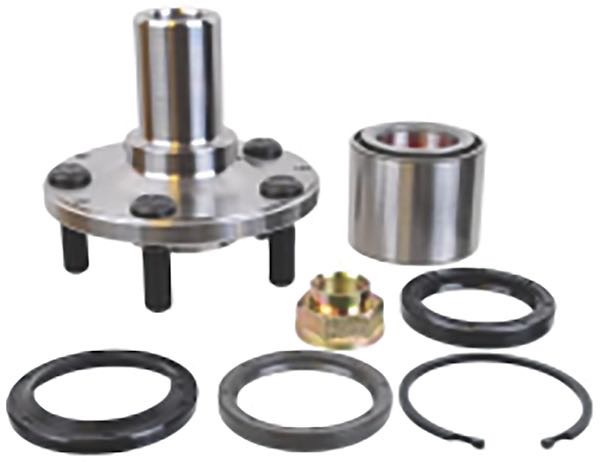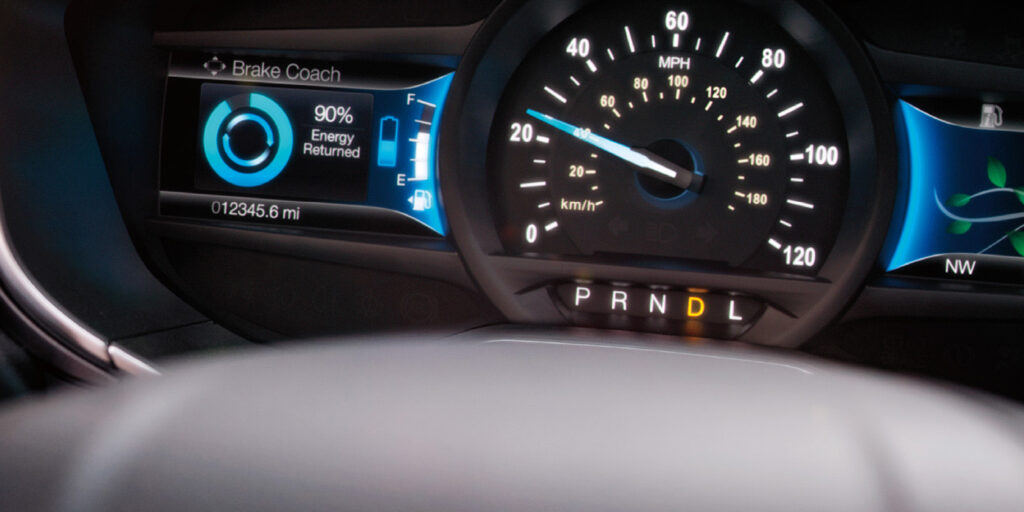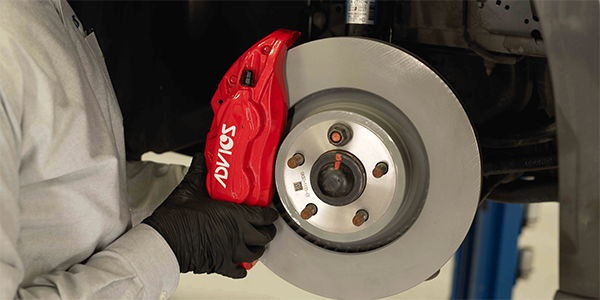Models: 1992-2003 Subaru Legacy
To help avoid repeat bearing failures on 1992-2003 Subaru Legacy and Impreza models, SKF offers a solution to the following overlooked common problems: bent flanges, out-of-round bearing housings, ball bearing failures, premature bearing wear.
 During removal and installation it’s important to follow manufacturer guidelines, but it’s also important to review some additional tips to help determine the root cause of bearing failures.
During removal and installation it’s important to follow manufacturer guidelines, but it’s also important to review some additional tips to help determine the root cause of bearing failures.
Prior to removal, perform a flange runout check. This will identify a bent or damaged flange. A new wheel flange will also help prevent damage to the old wheel flange if the inner ring of the bearing remained on the old wheel flange and has to be removed.
After removal of the old bearing, it is important to measure the bearing housing (knuckle) for roundness. Use a bore gauge to help determine if an issue exists. If the bearing housing is out-of-round, it will be necessary to replace the knuckle.
There is an option on the market for a ball bearing design that may not provide enough load-carrying capacity or strength. Consider installing a wheel flange kit which provides a tapered bearing for increased longevity.
During installation, add some additional premium wheel bearing grease. This is an important step to perform in order to reduce heat and friction that can wear a bearing out quickly.
Make sure to replace all three of the wheel seals. It’s vital not to reuse the old seals that may allow for bearing contamination, including water intrusion.
Install a new C-clip to help provide proper retention of the new bearing in the knuckle.
Follow manufacturer’s specification for axle nut torque. The new axle nut will help provide correct clamp force retention when properly torqued.
Courtesy of SKF













